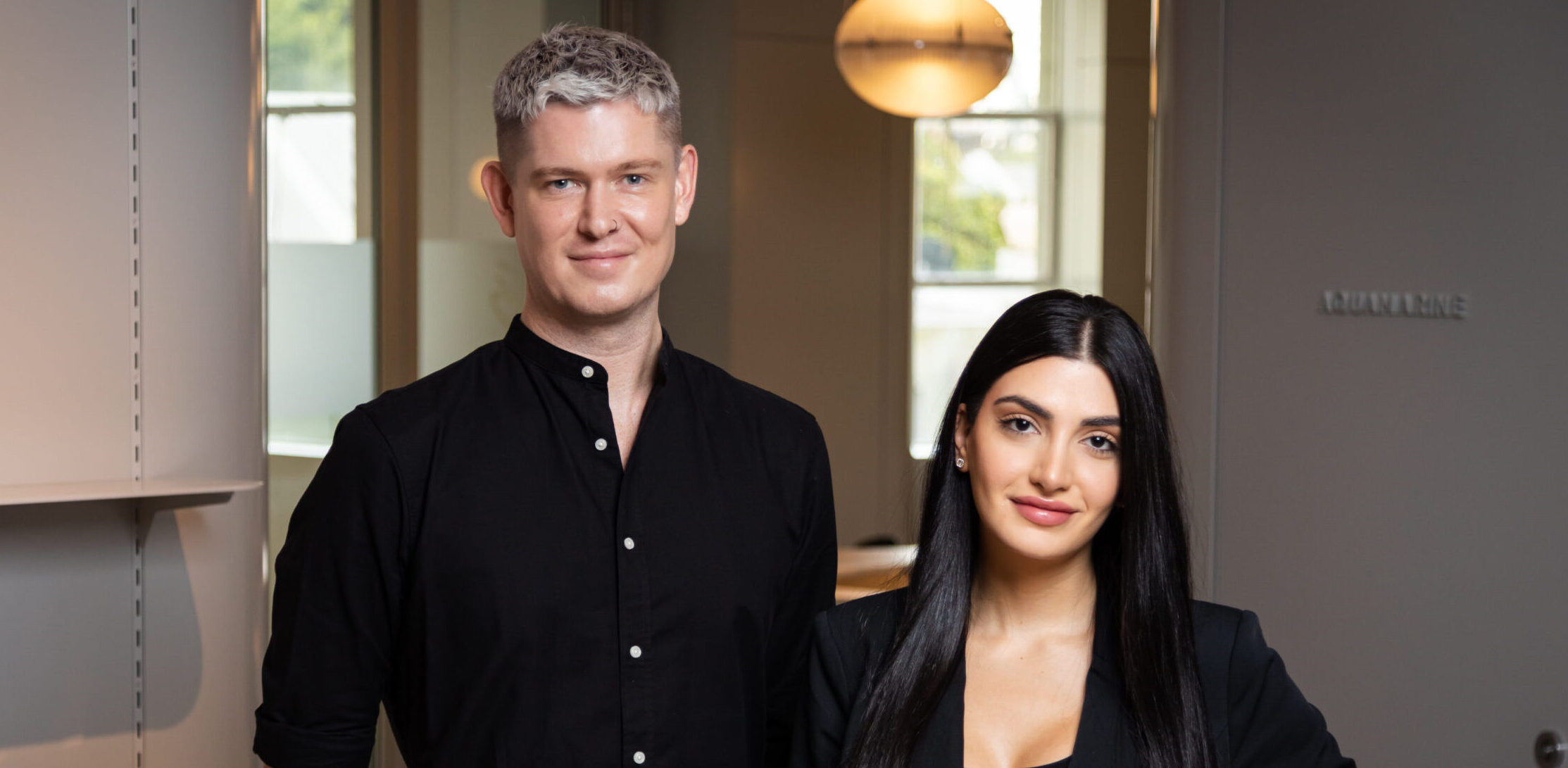How Can I Prepare for Blepharoplasty?
Preparation for blepharoplasty involves several important steps to help reduce the risk of complications and support the recovery process. These may include:
-
Smoking cessation: You will be advised to stop smoking at least two weeks prior to surgery, as smoking can impair wound healing and increase the risk of complications.
-
Medication review: You may be asked to avoid certain medications or supplements—such as aspirin, anti-inflammatories, and other blood-thinning agents—approximately two weeks before surgery. This will be discussed in your pre-operative consultation.
-
Support planning: It is recommended to arrange for someone to transport you home after surgery and, if possible, stay with you for the initial postoperative period to assist with daily tasks.
All preparation guidelines will be personalised during your consultation with a qualified specialist plastic surgeon.
What is the Recovery Time for Blepharoplasty?
Recovery experiences following blepharoplasty can vary depending on the individual and the extent of the procedure performed. Common postoperative symptoms include swelling, bruising, and mild discomfort around the eyes. These effects typically peak in the first few days and may take up to several weeks to resolve.
Many patients are able to gradually resume work and light activities between one and three weeks post-surgery. However, full healing, including scar maturation and resolution of swelling, may take several months.
Disclaimer: Recovery times and outcomes vary between individuals. Factors such as skin type, age, general health, and adherence to postoperative instructions can influence healing. All surgical procedures carry risks, including bleeding, infection, scarring, dry eyes, or asymmetry. A consultation with a registered specialist plastic surgeon is required to determine your suitability and discuss risks and expected outcomes. A second opinion from an appropriately qualified health practitioner should also be considered before proceeding.


